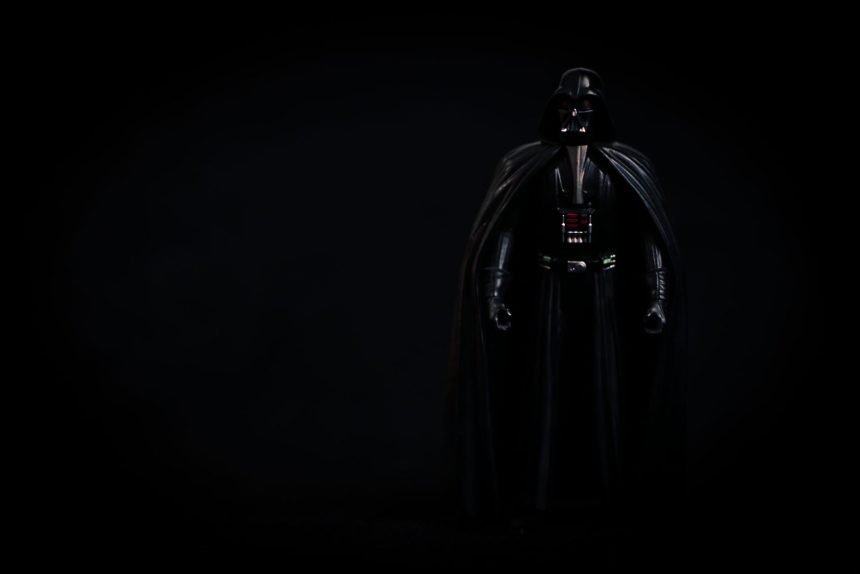In a surprising turn of events, Disney has successfully revitalized the Star Wars franchise and emerged as the top film franchise of 2023, despite not releasing a theatrical film in years. Through strategic planning and innovative storytelling, Disney has managed to reignite fan interest and generate significant revenue across various verticals in the entertainment industry. In this article, we will delve into the key strategies employed by Disney to transform Star Wars into a powerhouse franchise, and explore how other struggling franchises can learn from their success.
The Rise and Fall of Star Wars
A Rocky Start to the Sequel Trilogy
When Disney acquired Lucasfilm in 2012, fans were excited about the prospect of new Star Wars films. The release of “The Force Awakens” in 2015 initially garnered immense enthusiasm and global box office success, grossing over $2 billion. However, as the sequel trilogy unfolded, it became clear that Disney lacked a cohesive plan for the narrative thread that would bind the three films together. Each installment seemed to deviate from its predecessor, resulting in a disjointed storyline and plot holes that left fans dissatisfied.
Diminishing Box Office Returns
Following the initial success of “The Force Awakens,” Disney adopted a strategy of releasing one Star Wars film theatrically each year. However, this rapid release schedule led to diminishing box office returns. While films like “Rogue One: A Star Wars Story” were generally well-received, others like “Solo: A Star Wars Story” failed to resonate with audiences and critics, resulting in box office disappointment.
The Pivot to Television and Beyond
Recognizing the need for a change in approach, Disney decided to suspend its theatrical releases of Star Wars films and focus on long-form television content. The launch of “The Mandalorian” in late 2019 marked a turning point for the franchise. The series proved that Star Wars could thrive outside of theaters, striking a balance between nostalgia and innovation. Disney embraced alternative storytelling mediums such as video games, comic books, novels, virtual reality experiences, and even a short-lived Star Wars-themed hotel in Florida.
Disney’s Strategic Revitalization of Star Wars
Building Anticipation and Buzz
Disney’s decision to create scarcity for Star Wars films in theaters while expanding the franchise’s presence in other mediums proved to be a strategic masterstroke. By fleshing out characters and storylines through television series like “The Mandalorian,” Disney was able to build anticipation and generate buzz for future cinematic releases. This approach allowed them to cater to evolving viewing habits and reach new generations of fans.
Television Series: A New Chapter for Star Wars
“The Mandalorian” served as the flagship series for Disney’s revitalization of Star Wars. The show’s success paved the way for a slate of live-action and animated series exploring different aspects of the Star Wars universe. From “The Book of Boba Fett” to “Andor,” “Kenobi,” and “Ahsoka,” these series have been well-received by both fans and critics, providing a sense of cohesion and quality to the franchise. Additionally, Disney introduced various animated shows like “Tales of the Jedi,” “Young Jedi Adventures,” and “Visions” to cater to different age groups and expand the Star Wars universe.
Rebuilding Goodwill and Entertaining Existing Fans
Through its television series and other storytelling mediums, Disney has successfully rebuilt goodwill within the Star Wars community. By offering a variety of content that appeals to both existing fans and newcomers, Disney has created a sense of inclusivity and catered to the diverse interests of its audience. The introduction of beloved characters like Ahsoka Tano and the exploration of untold stories from the Clone Wars era in “The Bad Batch” have further deepened the connection between fans and the Star Wars universe.
Lessons for Marvel and Other Struggling Franchises
Disney’s successful revitalization of Star Wars offers valuable lessons for other struggling franchises, such as Marvel and Warner Bros. Discovery’s Harry Potter and DC universes. Marvel, in particular, has faced challenges in maintaining consistency and generating box office success post-“Avengers: Endgame.” Disney’s CEO, Bob Iger, has acknowledged the need for selectivity in choosing which Marvel superheroes receive sequel films and the importance of introducing fresh stories. Similarly, Warner Bros. Discovery’s DC and Harry Potter franchises have taken steps to reinvigorate their respective universes by tapping new talent and developing long-term plans for both film and television.
Looking Ahead: The Future of Star Wars
While Disney’s focus has shifted to television and other mediums, they have not abandoned the theatrical experience entirely. Star Wars fans can look forward to the release of two films in 2026, marking the return of the franchise to the big screen after a long hiatus. Disney’s strategic approach of carefully pacing the release of Star Wars content and cultivating anticipation ensures that the brand remains relevant and exciting for fans.
See first source: CNBC
FAQ
Q1: How did Disney manage to revive the Star Wars franchise in 2023 without releasing a theatrical film?
A1: Disney revitalized the Star Wars franchise through strategic planning and innovative storytelling. They suspended the rapid release of theatrical films and focused on long-form television content like “The Mandalorian.” This approach allowed them to build anticipation for future cinematic releases while expanding the franchise’s presence in other mediums.
Q2: What challenges did Disney face with the sequel trilogy of Star Wars films?
A2: Disney initially faced challenges with the sequel trilogy due to a lack of cohesive planning for the narrative thread that would connect the three films. Each installment deviated from its predecessor, resulting in a disjointed storyline and fan dissatisfaction.
Q3: How did Disney’s pivot to television contribute to the success of the Star Wars franchise?
A3: Disney’s pivot to television, exemplified by “The Mandalorian,” marked a turning point for the franchise. The success of the series demonstrated that Star Wars could thrive outside theaters, and Disney expanded its storytelling into various mediums, catering to different age groups and interests.
Q4: What lessons can struggling franchises like Marvel and Warner Bros. Discovery’s Harry Potter and DC universes learn from Disney’s revitalization of Star Wars?
A4: Disney’s success with Star Wars offers valuable lessons for struggling franchises. For instance, Marvel can benefit from selectivity in choosing which superheroes receive sequel films and introducing fresh stories. Warner Bros. Discovery’s DC and Harry Potter universes can reinvigorate their franchises by tapping new talent and developing long-term plans for both film and television.
Q5: What can Star Wars fans expect in the future, and how does Disney plan to maintain the franchise’s excitement?
A5: While Disney has shifted its focus to television and other mediums, they have not abandoned the theatrical experience. Star Wars fans can anticipate the release of two films in 2026, marking the return of the franchise to the big screen. Disney’s strategic approach ensures that the brand remains relevant and exciting for fans by carefully pacing the release of content and cultivating anticipation.
Featured Image Credit: Photo by María Ten; Unsplash – Thank you!







